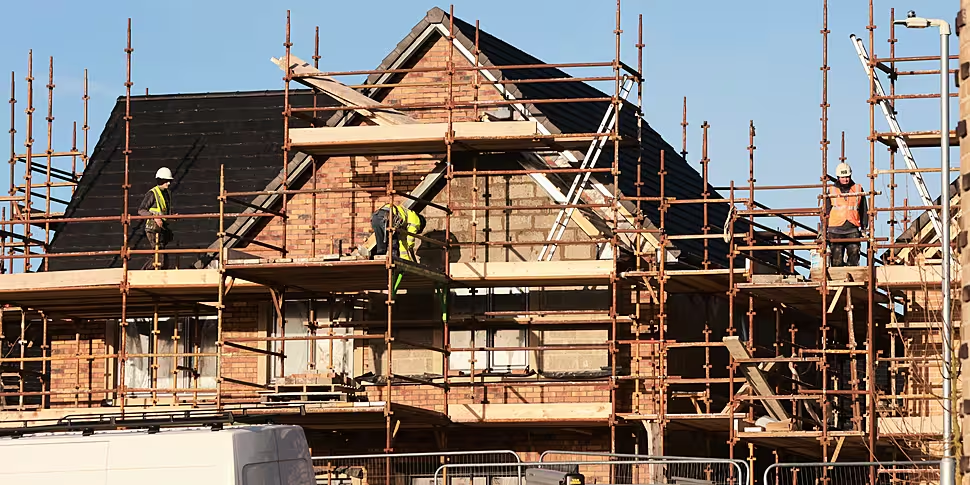The volume of electricity demand from data centres is jeopardising the delivery of network capacity for housing, transport and climate.
That’s according to the ESB, which has flagged the issue with the Commission for Regulation of Utilities (CRU).
Sinn Féin MEP Lynn Boylan told The Anton Savage Show that network substations such as Castlebaggot in west Dublin were intended to support new homes, but have instead been almost entirely handed to data centres.
“In the instance of Castlebaggot, you have a 220 kilowatt volt substation, which was built with the intention to facilitate future housing in that area, but also to help provide electricity for industry as well,” she said.
“But because of that first-come, first-serve, the data centres have gotten there faster to build, they got the planning permission, they get the connection to the substations.
“Which means that housing development now will now be able to connect to the grid because the capacity isn’t there.”
 A general view of an electricity pylons in Dublin as EirGrid has identified three optimum link-up locations for a new 250km high voltage pylon route across Leinster and Munster.
A general view of an electricity pylons in Dublin as EirGrid has identified three optimum link-up locations for a new 250km high voltage pylon route across Leinster and Munster.Ms Boylan pointed out that these substations are funded through household bills, at a cost of around €100 last year for consumers.
“We had a situation for 13 years where households and small businesses were subsidising the cost of electricity for large energy users,” she said.
“The regulator unwound that with the Ukraine war and when the cost of electricity bills went up, and you’ll remember there was a controversy - it was €650 million of a subsidy to large energy users from households and small businesses.
“In other jurisdictions, not too far even up the road, the way that network charges are designed is that large energy users would pay a larger amount towards the infrastructure.”
According to Ms Boylan, the legislation surrounding this system needs to change to allow housing and other key critical social infrastructure to be prioritised.
Main image: Builders at work. Photo: Eamonn Farrell/RollingNews.ie. 11/01/2022









